The GOAT of the industry. Vanguard. John Bogle. Bogleheads. The creator of the mutual fund and home of the best exchange traded funds out there.
It’s no question, I stick with Vanguard funds, specifically Vanguard Exchange Traded Funds (ETFs). The dividend investing community knows that I am obsessed with Vanguard’s High Dividend Yield (VYM) and the S&P 500 ETF (VOO). How about Vanguard Dividend Appreciation ETF (VIG)?
We are going to look at all three investments from Vanguard, do a side by side comparison and talk a little about my new strategy that began the week of January 16, 2023!
The Exchange Traded Fund (EtF)
First, we can quickly talk about the ETF. The ETF is just like a mutual fund, but it is passively managed and be traded throughout the day, with typically low expense ratios.
Therefore, they are usually a basket of stocks or of other funds that track certain indices. A great example is Vanguard’s S&P 500 (VOO), which tracks the S&P 500 / largest 500 companies in the U.S..
Expense ratios are fairly small, as there is not an active manager within the fund, with a lower amount of buying/selling within the fund, unless the indices it tracks changes, if that makes sense.
Now let’s get into Vanguard’s ETFs that are of discussion here in January 2023.

Vanguard ETFs – VOO VYM VIG

What you see above are the three Vanguard ETFs that I wanted to cover today. We have:
(1) Vanguard’s S&P 500 (VOO): 500 largest companies in the U.S. (currently 503 positions, however).
(2) Vanguard’s High Dividend Yield (VYM): Invests into stocks with higher than average dividend yields.
(3) Vanguard’s Dividend Appreciation (VIG): Large Cap stocks (> $10 billion in market capitalization) with a track record of growing dividends.
I’m covering the 3 ETFs today, as I have had my strategy of buying $60 of VOO each and every day, as well as my wife and I buying 2-3 shares each week of VYM. I wanted to re-cap those two ETFs and compare them against each other and introduce a third Vanguard ETF – Vanguard’s Dividend Appreciation ETF (VIG).
Why am I covering these three ETFs? It’s easy – 2 of them are in my strategy and the 3rd – VIG – is ABOUT TO BE! They also all pay quarterly dividends, all grow their dividends each year (on average) and in the pursuit of financial freedom, you have to keep investing plus use time to your advantage.
I also want to dive into why I am investing into the 3 ETFs and which could be the best Vanguard ETF.
All three are phenomenal ETFs and there are definitely more incredible ETFs out there! VYM is your conservative ETF, with a slightly higher yield, slightly lower dividend growth and will more than likely not have appreciation in the price as much as other ETFs, but the downside is also limited. Example is VYM was down far < 5% in 2022, whereas the S&P 500 was down 20%, if that makes sense. VYM is great for those looking to protect downside risk with higher current income now.
VIG definitely steps it up with an overall hunger for growing the dividend. This is a great ETF for the moderate to long-term investor that seeks a better yield than VOO with a better dividend growth rate as well. This is evident, as the yield is 23 basis points higher and the dividend growth rate over the last 5 years is 2.50% higher.
Then there is the go-to investing ETF – Vanguard’s S&P 500 ETF (VOO). VOO is a go-to, as it invests into the entire top 500 companies in the US, tracking the S&P 500. VOO may offer the best overall long-term performance, will offer a modest dividend yield of usually between 1.50-1.70% with a decent dividend growth rate. This is a long-term investment without a doubt.
The best Vanguard ETF
For dividend investors out there, it’s hard to argue against any one of them. if you are concerned about appreciation, Vanguard High Dividend Yield (VYM) is probably not your cup of tea.
If you are looking at being a more dividend growth investor vs. overall return investor and are just starting out, VIG offers a very compelling case to be your ETF for your dividend stock portfolio. This is due to the compounding of dividend growth being far higher than VOO or VYM.
For Dividend investors, not taking appreciation into effect, I did a quick analysis on the Yield on Cost! The yield on cost is essentially what does your initial yield become after years of dividend growth. Example: you bought a $1,000 stock that pays a $10 dividend or 1%. It grows at 10%. Year 2, the dividend is now $11 on your $1,000 investment and the yield on cost is now 1.1%. I did the same chart using the 5 year growth rates and went through until a cross over occurred.

All else staying consistent, Vanguard’s dividend Appreciation will reach the cross over at year 18, when the yield on cost officially cross 8.60% to VYM’s 8.40%.
Long-term mindset here is key.
What is the best ETF? Easy.
If you want appreciation and the best total return, go to Vanguard’s VOO, with a longterm mindset.
If you want long-term dividend growth and prosperity, not needing to return in 5 or 10 years, Vanguard’s VIG is a solid go to choice.
If you want to retire in the moderate term, in that 5-15 year range, Vanguard’s VYM may be your best bet.
My goal is financial freedom. My goal is to live off of dividend income, my main source of passive income. What is my strategy?
Vanguard ETF Investing strategy
I want a combination of all items. Having my stock portfolio receive a combination of appreciation, with limited downside risk and a growing dividend income stream, at a better than average dividend yield is exactly how I am set up.
By investing $200 into VYM, $60 per day or $300 into VOO and $30 per day or $150 into VIG will supply an almost even spread across the board. In fact, I may increase VYM to $300 weekly automatically in my automatic dividend stock portfolio. The overall yield is over 2.10% and the overall dividend growth is over 7.10%.
In your investing strategy – what would you do? If you only had 3 ETFs to choose from, what fits your investing methodology and time horizon? Have you been investing in Vanguard ETFs?
Do you see large flaws in this analysis? Do you agree with the conclusion it depends on your goals?
As always, good luck and happy investing!
-Lanny






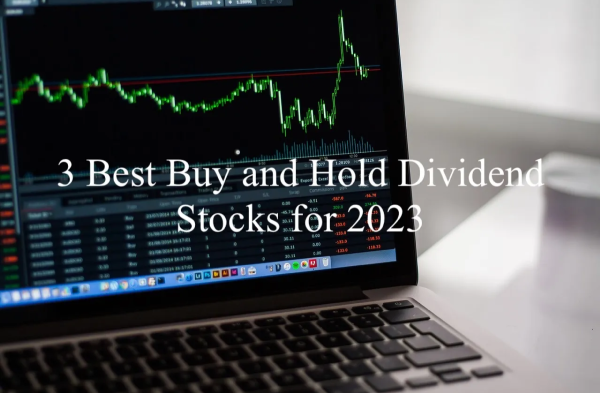
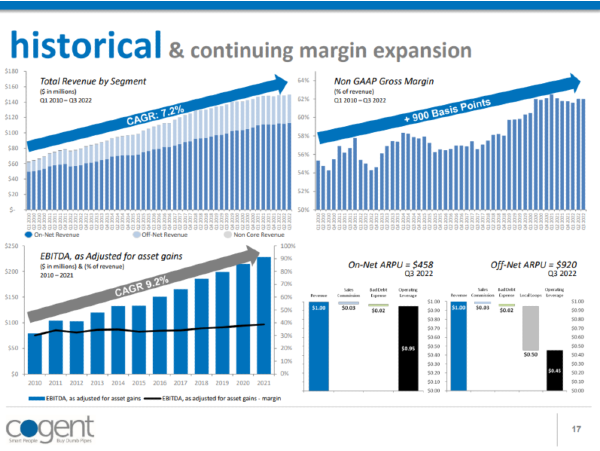

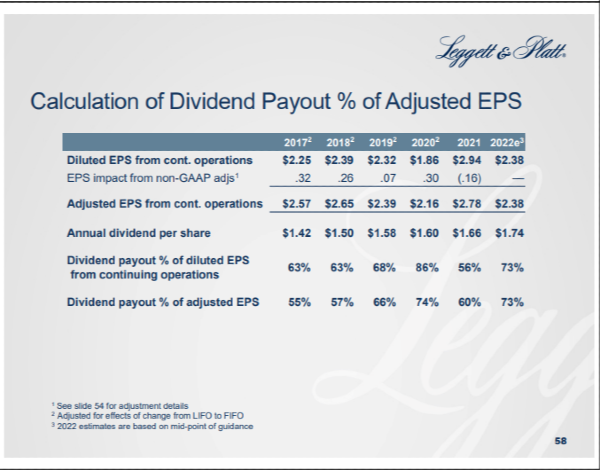
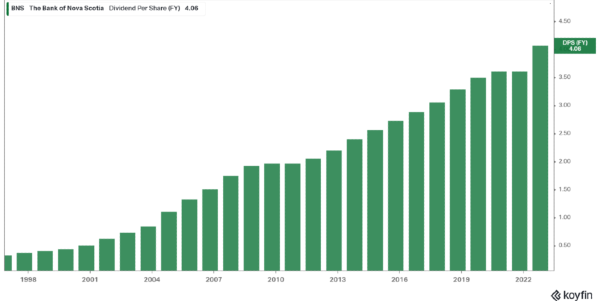







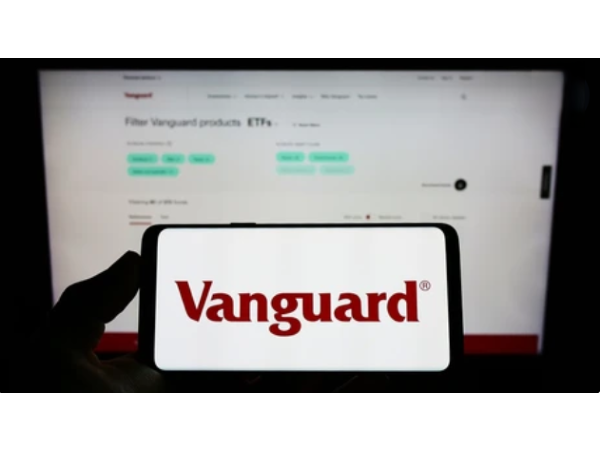

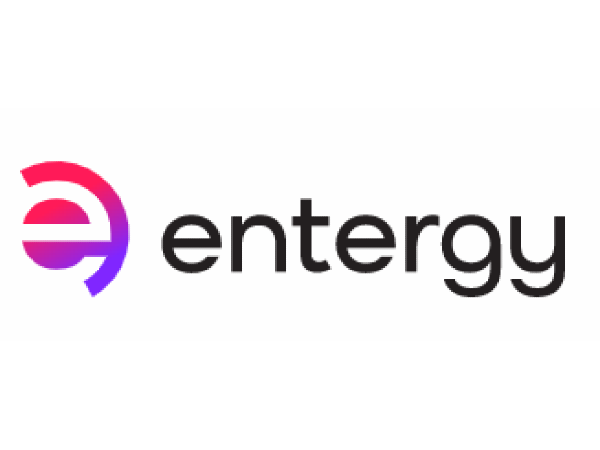
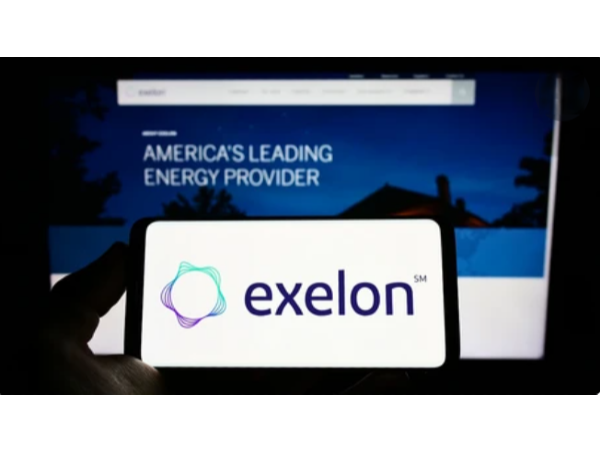








The GOAT of the industry. Vanguard. John Bogle. Bogleheads. The creator of the mutual fund and home of the best exchange traded funds out there.
It’s no question, I stick with Vanguard funds, specifically Vanguard Exchange Traded Funds (ETFs). The dividend investing community knows that I am obsessed with Vanguard’s High Dividend Yield (VYM) and the S&P 500 ETF (VOO). How about Vanguard Dividend Appreciation ETF (VIG)?
We are going to look at all three investments from Vanguard, do a side by side comparison and talk a little about my new strategy that began the week of January 16, 2023!
The Exchange Traded Fund (EtF)
First, we can quickly talk about the ETF. The ETF is just like a mutual fund, but it is passively managed and be traded throughout the day, with typically low expense ratios.
Therefore, they are usually a basket of stocks or of other funds that track certain indices. A great example is Vanguard’s S&P 500 (VOO), which tracks the S&P 500 / largest 500 companies in the U.S..
Expense ratios are fairly small, as there is not an active manager within the fund, with a lower amount of buying/selling within the fund, unless the indices it tracks changes, if that makes sense.
Now let’s get into Vanguard’s ETFs that are of discussion here in January 2023.
Vanguard ETFs – VOO VYM VIG
What you see above are the three Vanguard ETFs that I wanted to cover today. We have:
(1) Vanguard’s S&P 500 (VOO): 500 largest companies in the U.S. (currently 503 positions, however).
(2) Vanguard’s High Dividend Yield (VYM): Invests into stocks with higher than average dividend yields.
(3) Vanguard’s Dividend Appreciation (VIG): Large Cap stocks (> $10 billion in market capitalization) with a track record of growing dividends.
I’m covering the 3 ETFs today, as I have had my strategy of buying $60 of VOO each and every day, as well as my wife and I buying 2-3 shares each week of VYM. I wanted to re-cap those two ETFs and compare them against each other and introduce a third Vanguard ETF – Vanguard’s Dividend Appreciation ETF (VIG).
Why am I covering these three ETFs? It’s easy – 2 of them are in my strategy and the 3rd – VIG – is ABOUT TO BE! They also all pay quarterly dividends, all grow their dividends each year (on average) and in the pursuit of financial freedom, you have to keep investing plus use time to your advantage.
I also want to dive into why I am investing into the 3 ETFs and which could be the best Vanguard ETF.
All three are phenomenal ETFs and there are definitely more incredible ETFs out there! VYM is your conservative ETF, with a slightly higher yield, slightly lower dividend growth and will more than likely not have appreciation in the price as much as other ETFs, but the downside is also limited. Example is VYM was down far < 5% in 2022, whereas the S&P 500 was down 20%, if that makes sense. VYM is great for those looking to protect downside risk with higher current income now.
VIG definitely steps it up with an overall hunger for growing the dividend. This is a great ETF for the moderate to long-term investor that seeks a better yield than VOO with a better dividend growth rate as well. This is evident, as the yield is 23 basis points higher and the dividend growth rate over the last 5 years is 2.50% higher.
Then there is the go-to investing ETF – Vanguard’s S&P 500 ETF (VOO). VOO is a go-to, as it invests into the entire top 500 companies in the US, tracking the S&P 500. VOO may offer the best overall long-term performance, will offer a modest dividend yield of usually between 1.50-1.70% with a decent dividend growth rate. This is a long-term investment without a doubt.
The best Vanguard ETF
For dividend investors out there, it’s hard to argue against any one of them. if you are concerned about appreciation, Vanguard High Dividend Yield (VYM) is probably not your cup of tea.
If you are looking at being a more dividend growth investor vs. overall return investor and are just starting out, VIG offers a very compelling case to be your ETF for your dividend stock portfolio. This is due to the compounding of dividend growth being far higher than VOO or VYM.
For Dividend investors, not taking appreciation into effect, I did a quick analysis on the Yield on Cost! The yield on cost is essentially what does your initial yield become after years of dividend growth. Example: you bought a $1,000 stock that pays a $10 dividend or 1%. It grows at 10%. Year 2, the dividend is now $11 on your $1,000 investment and the yield on cost is now 1.1%. I did the same chart using the 5 year growth rates and went through until a cross over occurred.
All else staying consistent, Vanguard’s dividend Appreciation will reach the cross over at year 18, when the yield on cost officially cross 8.60% to VYM’s 8.40%.
Long-term mindset here is key.
What is the best ETF? Easy.
If you want appreciation and the best total return, go to Vanguard’s VOO, with a longterm mindset.
If you want long-term dividend growth and prosperity, not needing to return in 5 or 10 years, Vanguard’s VIG is a solid go to choice.
If you want to retire in the moderate term, in that 5-15 year range, Vanguard’s VYM may be your best bet.
My goal is financial freedom. My goal is to live off of dividend income, my main source of passive income. What is my strategy?
Vanguard ETF Investing strategy
I want a combination of all items. Having my stock portfolio receive a combination of appreciation, with limited downside risk and a growing dividend income stream, at a better than average dividend yield is exactly how I am set up.
By investing $200 into VYM, $60 per day or $300 into VOO and $30 per day or $150 into VIG will supply an almost even spread across the board. In fact, I may increase VYM to $300 weekly automatically in my automatic dividend stock portfolio. The overall yield is over 2.10% and the overall dividend growth is over 7.10%.
In your investing strategy – what would you do? If you only had 3 ETFs to choose from, what fits your investing methodology and time horizon? Have you been investing in Vanguard ETFs?
Do you see large flaws in this analysis? Do you agree with the conclusion it depends on your goals?
As always, good luck and happy investing!
-Lanny
Originally Posted in Dividend Diplomats